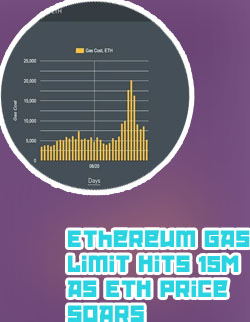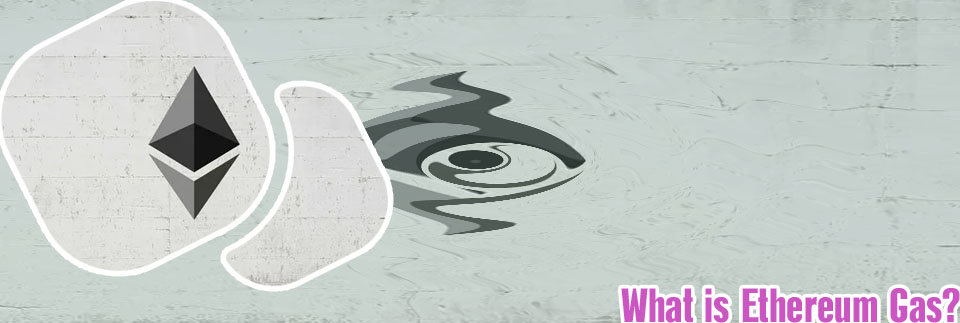Gas fees on the Ethereum network have been a constant concern for users and developers alike. High gas fees can make transactions on the network expensive and slow, affecting the overall usability and scalability of Ethereum. To address this issue, we have compiled a list of 4 articles that provide insights and solutions to help mitigate the impact of gas fees on the Ethereum network. These articles offer strategies and tips to help users navigate the current gas fee environment and optimize their transactions for a smoother experience on the network.
How to Reduce Gas Fees on Ethereum: Tips and Tricks for Users

Gas fees on the Ethereum network have become a major concern for users, especially with the recent surge in popularity of decentralized finance (DeFi) applications. With transaction costs skyrocketing, many users are looking for ways to reduce their gas fees and optimize their use of the network.
One of the most effective ways to reduce gas fees is to be mindful of the current network congestion. By monitoring the network activity and choosing the right time to make transactions, users can avoid paying high fees during peak hours. Additionally, users can benefit from using Layer 2 solutions such as Optimism and Loopring, which offer cheaper and faster transactions by processing them off-chain.
Another useful tip for minimizing gas fees is to use gas limit optimization tools, which help users set the most efficient gas limit for their transactions. By adjusting the gas limit based on the complexity of the transaction, users can avoid overpaying for unnecessary gas.
Overall, understanding how gas fees work and utilizing the right tools and strategies can greatly reduce the cost of using the Ethereum network. By staying informed and implementing these tips and tricks, users can navigate the increasingly expensive world of DeFi with ease.
This article is important for users of the Ethereum network who are looking to optimize their use and reduce costs associated with gas fees. By following
Understanding Gas Fees on Ethereum: A Comprehensive Guide
Navigating the world of cryptocurrency can be a daunting task, especially when it comes to understanding gas fees on the Ethereum network. Gas fees are essentially the cost of making transactions on the Ethereum blockchain, and they can fluctuate depending on network congestion and demand.
In a comprehensive guide recently published, readers are taken through a detailed explanation of what gas fees are, how they are calculated, and why they are necessary for ensuring the security and efficiency of the Ethereum network. The guide breaks down the various factors that can impact gas fees, such as network activity, gas price, and gas limit, making it easier for both newcomers and seasoned users to grasp the concept.
Understanding gas fees is crucial for anyone looking to participate in the Ethereum ecosystem, as it can impact the cost and speed of transactions on the network. By having a clear understanding of how gas fees work, users can make more informed decisions when it comes to sending, receiving, or interacting with Ethereum-based assets.
Overall, this guide serves as an invaluable resource for those looking to deepen their knowledge of gas fees on Ethereum and is essential reading for anyone interested in navigating the complexities of the cryptocurrency space.
Strategies for Lowering Gas Fees on Ethereum Transactions
Ethereum is known for its decentralized applications, smart contracts, and the ability to conduct transactions on the blockchain. However, one major drawback of using Ethereum is the high gas fees associated with transactions. Gas is the unit used to measure the amount of computational effort required to execute operations on the Ethereum network. When the network is congested, gas fees can skyrocket, making transactions expensive for users.
To combat this issue, there are several strategies that users can implement to lower gas fees on Ethereum transactions. One such strategy is to choose the right time to execute transactions. Gas fees tend to be lower during off-peak hours when network congestion is minimal. By monitoring network activity and conducting transactions during quieter periods, users can save on gas fees.
Another strategy is to optimize the gas fee settings when sending transactions. By adjusting the gas price and gas limit parameters, users can ensure that they are paying the optimal fee for their transaction. Setting the gas price too high can result in overpaying, while setting it too low may result in transactions being stuck or taking longer to confirm.
Overall, by implementing these strategies, users can effectively lower gas fees on Ethereum transactions and optimize their transaction costs. By being mindful of network activity, optimizing gas fee settings, and staying informed on best practices,
Gas Fee Optimization: Tools and Techniques for Efficient Ethereum Transactions
Gas fees are a crucial aspect of Ethereum transactions, determining the cost and speed of executing smart contracts and sending ETH. As Ethereum continues to gain popularity, users are constantly looking for ways to optimize gas fees and make transactions more efficient. Fortunately, there are several tools and techniques available to help users achieve this goal.
One effective way to optimize gas fees is by using gas estimators, such as ETH Gas Station or GasNow. These tools provide real-time data on gas prices, allowing users to adjust their transaction fees accordingly. By choosing the right gas price, users can ensure that their transactions are processed quickly without overspending on fees.
Another useful technique for gas fee optimization is batching transactions. By combining multiple transactions into a single batch, users can save on gas fees and reduce the overall cost of executing smart contracts. This technique is particularly helpful for DApp developers and frequent Ethereum users who regularly make multiple transactions.
Additionally, users can optimize gas fees by carefully choosing the gas limit for their transactions. Setting a higher gas limit than necessary can result in unnecessary fees, while setting a lower gas limit may lead to failed transactions. By accurately estimating the gas required for a transaction, users can avoid overpaying for gas and ensure that their transactions are processed efficiently.
